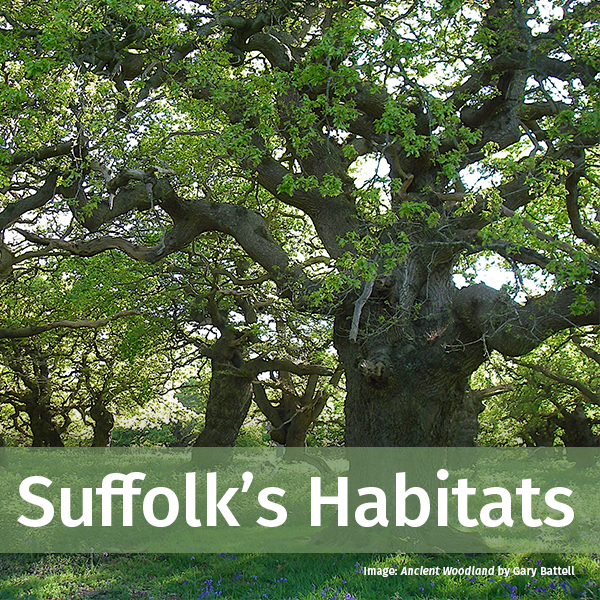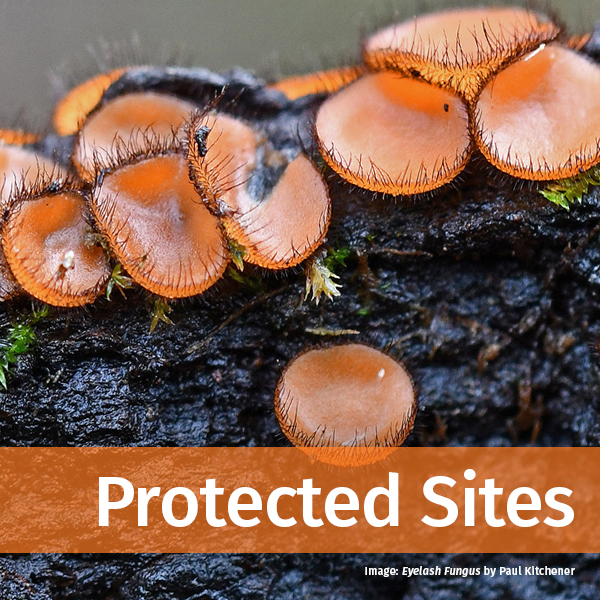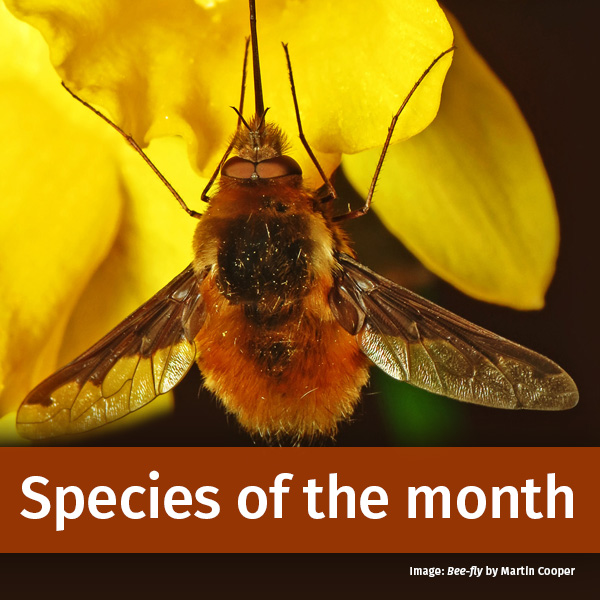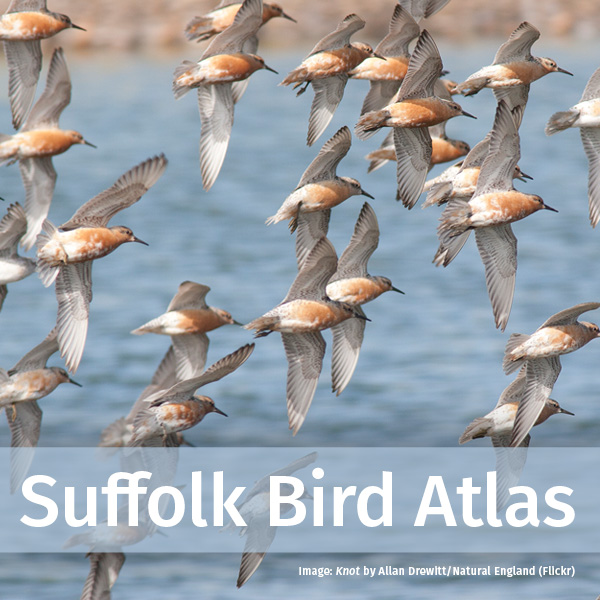
Biodiversity

What is Biodiversity?
Biodiversity (short for ‘biological diversity’) describes the whole variety of life on earth. It includes all species of plants, animals, fungi and micro-organisms and the natural systems that support them. In Suffolk, this includes dormice and otters, butterflies, oak trees, meadows, the Breckland heaths and coastal Sandlings.
Why is Biodiversity important?
Biodiversity makes up the living landscape around us and maintains our natural ‘life support system’ of water, air, food and natural resources. It affects the view from our window, the food we eat, the clothes we wear, the materials and medicines we use, the places we go for relaxation and the normal functioning of the natural systems on which our lives depend.
Biodiversity affects every one of us because it is truly cross-cutting, relating to social, health and economic issues. For example, work to conserve wildlife can have spin off benefits such as strengthening local communities, improving the health and well-being of those involved in physical work outdoors and encouraging more tourists to visit and spend money in the area. Thus biodiversity can make significant contributions towards the delivery of other public body services and targets.
In Summary, Biodiversity:
- Supports the ecosystem services that maintain air, soil and water quality and that reduce flooding and pollution
- Is integral in our response to climate change adaptation and mitigation
- Contributes to strong local economies
- Provides us with essential products and materials
- Provides opportunities for community engagement, volunteering and learning
- Can improve our health and well-being
- Signifies local character and distinctiveness, and offers opportunities to improve local areas through landscape-scale restoration and creation
Why is there a Problem?
There are several reasons why biodiversity is being lost including:
- habitat loss due to intensive farming and development
- non-native species (for example American signal crayfish carry a disease that doesn’t affect them, but kills our native white-clawed crayfish within a few hours)
- pollution of soils, air and waterways.
For more information about biodiversity, visit the Natural History Museum website.
Priority habitats and species
Suffolk's Priority Habitats provides a description of each habitat, their importance to wildlife, lists the associated species, factors affecting habitat, management advice and useful links. Where there is an archived Biodiversity Action Plan it is available to download (Although these are now out of date they still contain useful information). Priority habitat pages are also available as downloadable factsheets.
Suffolk's Priority Species provides a short description of each species and links to other sites with useful information. Where there is an archived Biodiversity Action Plan it is available to download (Although these are now out of date they still contain useful information).
All the habitat and species downloads can be found HERE
Priority habitats and species update August 2016
- The England Biodiversity Strategy was replaced by Biodiversity 2020: A strategy for England’s wildlife and ecosystem services. However, the BAP is still enshrined in law through the Natural Environment and Rural Communities Act 2006 and in planning policy through the National Planning Policy Framework and National Policy Statements.
- Factsheets: a series of factsheets are being developed for priority habitats and species.
- New Priority Species. The Polecat and the Tiny Earthstar Geastrum minimum became Priority species in 2014.
- Essex, Suffolk and Norfolk have a White-clawed Crayfish strategy to help conserve populations, create ‘ark sites’ and provide education about the species.






